- Home
- ...
- Safer pathways through childhood
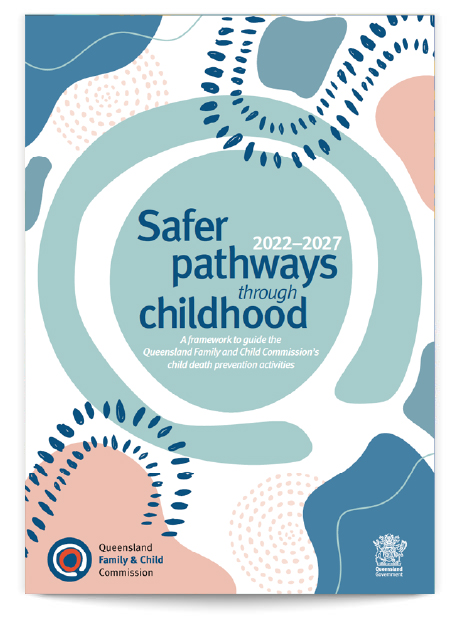
The Safer pathways through childhood framework (Safer pathways framework) sets the direction of our child death prevention activities between 2022–2027.
It details how we will use our data and expertise on child deaths to uphold all children’s rights to a full life and health equity. Queensland children likely to be affected by health inequity include children known to statutory systems (such as child protection and youth justice), First Nations children, children with disability, and children living in remote or socio-economically disadvantaged areas. Each year, in consultation with stakeholders, we will identify specific prevention activities to address these priorities under an action plan.
The action plans under Safer pathways framework set out our child death prevention activities for the year ahead and tracks our past achievements and progress. We continue to work alongside our partners who are also dedicated to creating safer pathways through childhood by contributing evidence-based research and data on causes and risk factors for child deaths and injuries.
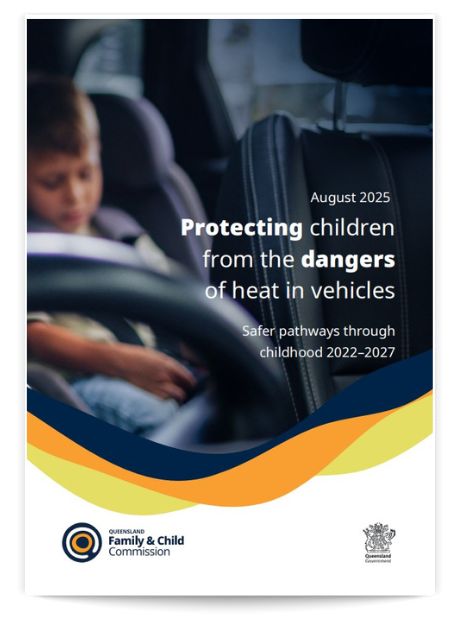
Protecting children from the dangers of heat in vehicles
Did you know two children are locked in vehicles on an average day in Queensland? In the 20 years to 2024, 14 Queensland children tragically lost their lives from heat stress-related effects after being left unattended or from gaining access to an unlocked vehicle and becoming hidden or trapped. All of them were aged under four years old.
Protecting children from the dangers of heat in vehicles examines the data on heat entrapment and looks at the risk factors, myths about stopping vehicles overheating, and prevention measures.
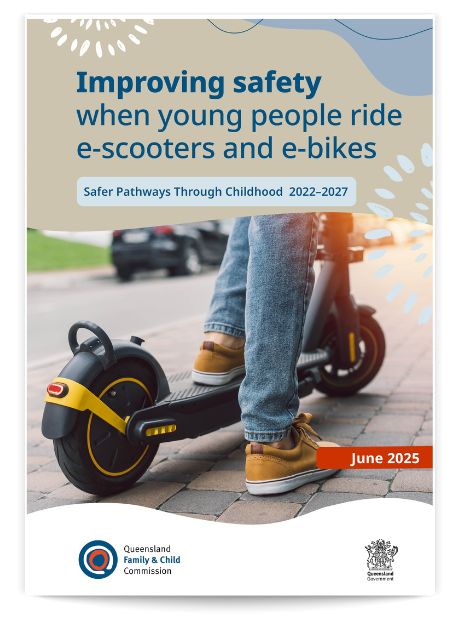
Improving safety when young people ride e-scooters and e-bikes
Improving safety when young people ride e-scooters and e-bikes compiles the evidence around injuries and fatalities for children and young people resulting from e-scooters and e-bikes, risk factors, and how Queensland’s road rules and laws surrounding their use compares to other jurisdictions.
The paper also makes a number of recommendations to improve safety outcomes, including the introduction of a minimum age of 16 years to lawfully ride these devices in Queensland.
This insights paper is the first in a series on the causes and factors that contribute to child fatalities in Queensland. This is part of our role in managing Queensland’s Child Death Register, which now holds 20 years of data.
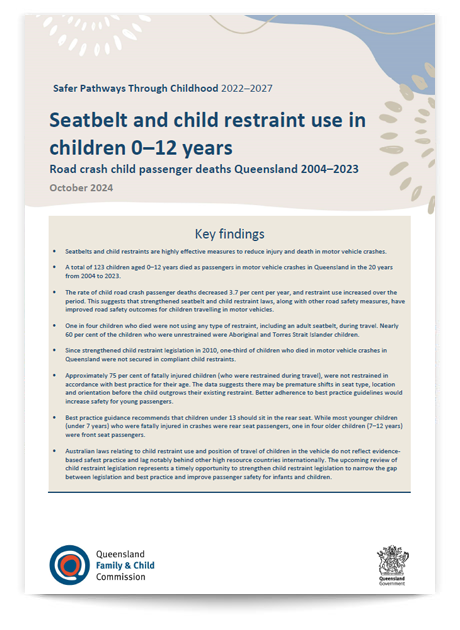
Seatbelt and car restraint use in children
Queensland’s Child Death Register shows 123 children have died in road crashes over the last 20 years. We analysed this data as part of our child death prevention work and found concerning trends arounds the use of child seats and seatbelts in Queensland. Our analysis indicates there is a need for education campaigns designed to increase child seat and seatbelt use in Queensland, including improving access to affordable child restraints and better education within remote parts of Queensland and in First Nations communities. Read more in our analysis.
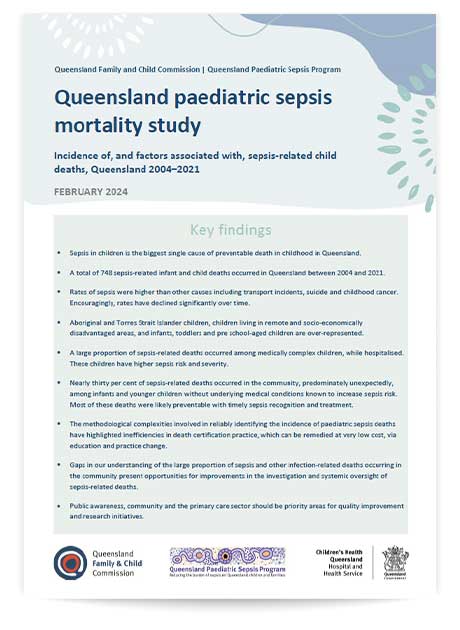
Queensland paediatric sepsis mortality study
Sepsis is the biggest single cause of preventable death of children in Queensland, yet our knowledge of childhood sepsis mortality is limited, with many cases possibly being missed.
We partnered with the Queensland Paediatric Sepsis Program at Children’s Health Queensland to complete Australia’s first population-based study to better understand the true incidence of childhood deaths from sepsis.
The Queensland paediatric sepsis mortality study identifies opportunities for practice improvements that can lead to better identification of sepsis in children, including improving death records, increasing parents’ awareness of sepsis and symptoms, and strengthening sepsis recognition guidance and treatment within the primary care sector.
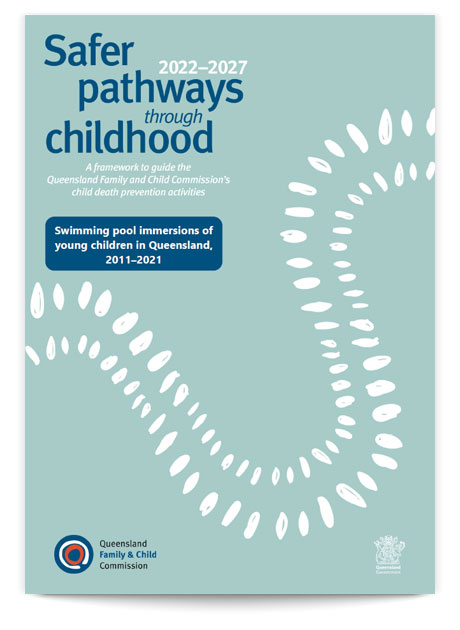
Swimming pool immersions of young children
This report considers fatal and non-fatal immersion incidents of children aged 0–4 years in Queensland that have occurred in pools covered by Queensland’s swimming pool safety legislation (regulated pools). It uses information from the Queensland Child Death Register, immersion notifications and the Queensland Pool Register to identify regional patterns and findings about the two key methods of drowning prevention—pool fencing and supervision.
Last updated
22 October 2025
